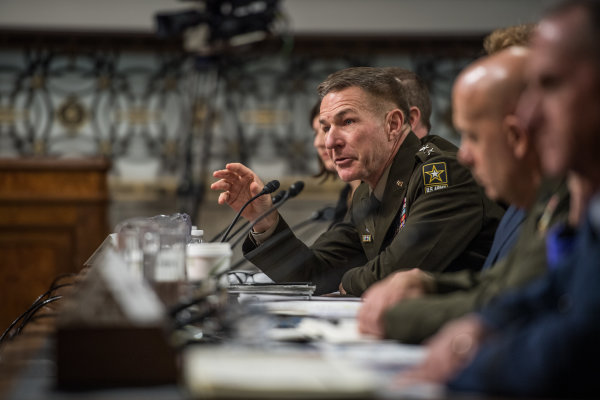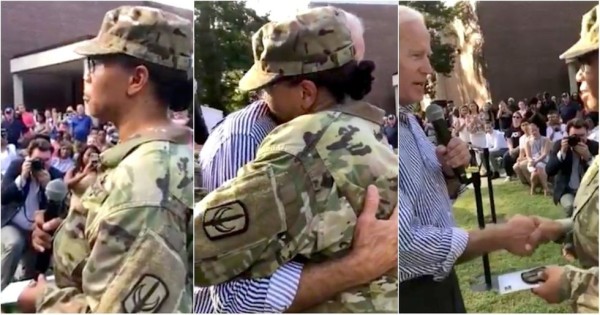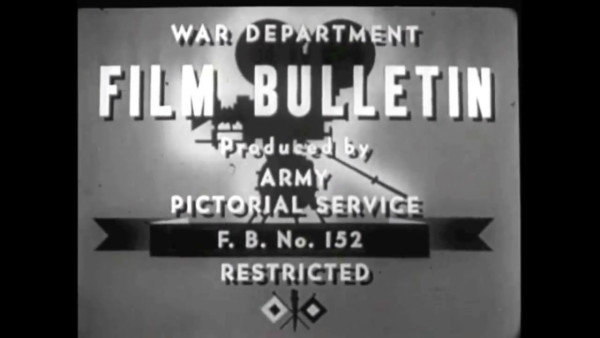The Army is looking for a few good interns and, contrary to popular belief, that doesn’t include whichever private is nearest to you when you need something.
A new program from the Army, which kicked off on Sept. 1, is focused on hiring civilian college students studying in the STEM field — science, technology, engineering, and mathematics — while they’re still in undergrad. The hope is that they help bring the Army into the future by developing cutting-edge technology for the force. But in a world where students studying technology or engineering or science could have their pick of Silicon Valley companies to flock to, the Army knows it has its work cut out for it.
To do that, the Army is looking to get to students before graduation, Chris Lowman, the senior official performing the duties of the Under Secretary of the Army, told Task & Purpose last week. Interns can expect to work up to roughly 600 hours and will be paid between $14 and $17 an hour, depending on the location of their internship, and after completing the program they will owe the Army up to four years of civilian service after graduation. Lowman said they fully expect some of those interns-turned-Army civilians will leave after their obligated time with the Army, but they’ll still “leave with an understanding of what national service is, and what it means to work in the national defense arena.”
Typically, Lowman said, students will complete those hours working during the summer although they can do it during winter break as well.

“Generally they work full-time, 40 hours a week, in the summer,” Lowman said. “We assign them to a job that’s within their degree, so if they’re in computer science, we assign them to a programming tech cell. If they’re in an engineering program, we give them to a PEO [program executive office] in an engineering program, mechanical engineers, electronic engineers, whatever it is. Math majors, we give them to the ORSA [Operations Research/Systems Analysis], our modeling group. And they sit and they do meaningful work. What’s important is they’re getting this skill-set that they’re bringing back to school, and saying ‘Hey I know what that guy’s talking about, I was coding that last summer.’”
The Army is also looking at options for tuition reimbursement — ideally even paying a portion of students’ tuition upfront. But another advantage is that prospective interns will also get some decent benefits.
“They get the same benefits that I get today,” Lowman said. “So they get access to the 401k, they get access to the thrift savings plan, they get health care while they’re employed. … And they’re accruing federal service.”
As the Army has drilled down on modernizing the force and bringing innovative solutions to soldiers on the battlefield, leaders know they have to not only train soldiers, but hire civilians who excel in those areas of expertise. Take the Army Futures Command, for example: an Army command where Army culture and the unique — Quirky? Strange? Weird? — civilian and tech-y culture of Austin, Texas, collide. You can find that with the Army Software Factory as well, a soldier-led hub within Futures Command that includes product managers, platform engineers, and software developers. While the Software Factory is primarily staffed by soldiers at this point, Lowman said there is a certain amount of slots reserved specifically for civilians.

Gen. John Murray, the head of Army Futures Command, hit on why it’s so important to bring in different civilian talent in 2019. The defense industry tends to “think the way we always thought” and “seek solutions in the same places.” But when you bring in civilians — even scooter-riding youths — you’re bringing in an entirely fresh perspective on a years-old issue.
“There are some kids out there that I bump into … or that I run into at the Capital Factory, that believe it or not just think totally different than how we think,” Murray said. “And what I’m finding is, if you can figure out a way of expressing a problem you have in a way they understand — which believe it or not is difficult for me to do — they come up with some amazing solutions.”
And while the Army no doubt wants civilians who bring years of experience from their field, they’re eager to get ahold of young talent that could be interested in sticking with the Army for the foreseeable future.
“Predominantly, I would tell you, the Army skews to the kind of early career, whether you’re in college or fresh out of college or five years out of college,” Lowman said. “We really want that kind of young skillset to come in and pick up the ball, and we’ll train you to what you really need to be, and then turn you loose.”
The intern program is just another piece of the Army’s talent management strategy as the service works to attract civilians, which Lowman said is absolutely crucial to keeping the Army functioning.
“We have a million men and women in uniform between all three [components]. We have 300,000 civilians. We have over a million dependents, and we have 1.5 million retirees,” he said. “So add all that up and you’ve got about three and a half million people that depend, in one form or fashion, on the United States Army. A lot of those services are delivered by civilians, managed by civilians, programmed by civilians, executed by civilians … It’s a pretty important population to be a part of.”
More great stories on Task & Purpose
- The best hacks to make military life in the field suck less
- Marine Lt. Col. Stuart Scheller sentenced to forfeit $5,000 in pay and gets letter of reprimand
- The Sgt. Maj. of the Army wants leaders to stop scheduling training just for the sake of it
- Airman stuck with $19,000 repair bill after gate guards wreck his car
- NCIS wished the US Navy happy birthday with a photo of a Russian warship
- We salute this Army first sergeant for looking exactly how we’ve all felt in the field
Want to write for Task & Purpose? Learn more here and be sure to check out more great stories on our homepage.

























